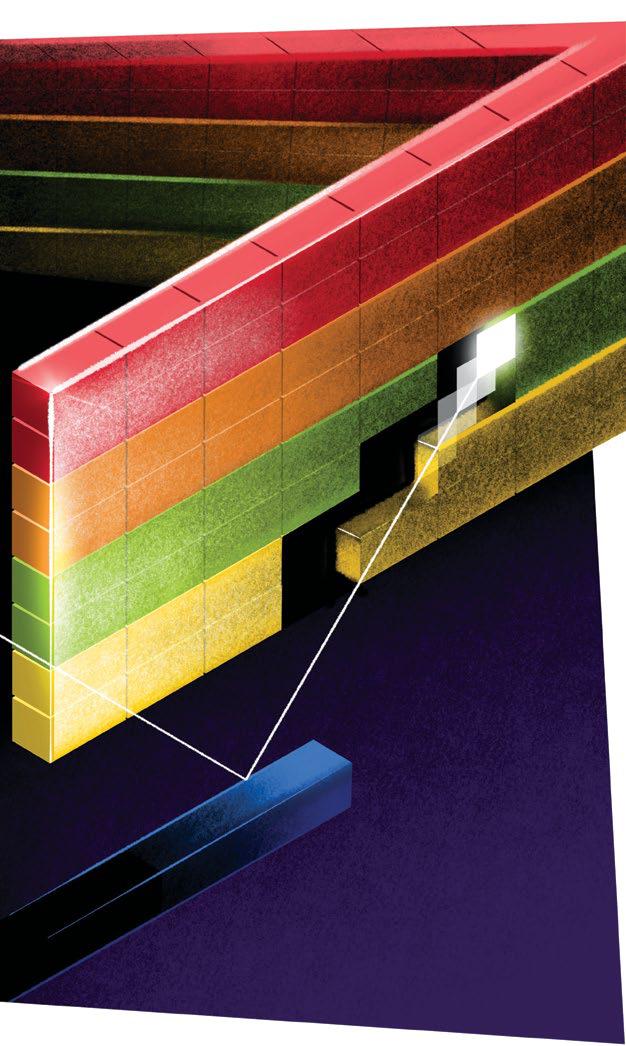Baio crafted the perfect plan: he would speedrun his son through 25 years of videogame history in just four years. It started on Eliot’s fourth birthday when Baio gave him a Namco-branded mini console that played Galaxian, Dig Dug and various Pac-Man games dating back to the ’80s – which Baio Jr loved – along with an old Atari VCS, on which he was more mixed, perhaps because alongside games such as Asteroids and Adventure was ET.
A few months later came the NES and with it Mega Man, The Legend Of Zelda and Super Mario Bros. Eliot finished World 1 of Super Mario Bros 3 by the age of five, and completed Zelda singlehandedly a year later. Next: a SNES and soon after, a Nintendo 64. Before he was even seven, he’d collected all the stars in Super Mario 64. They skipped on to the 2000s with Ico and Katamari Damacy on the PlayStation 2, which brought them more or less up to date, since the gaming journey concluded around 2010.
We’ve all experienced situations where friends push their favourite TV show or book onto us, and it’s easy for their excitement to curdle into our resentment at feeling obliged to do ‘homework’. What I love about Baio’s project is how his son got to play his first platformer, his first RPG and his first 3D game in a way that preserved the experience of seeing each innovation without it being undercut by the rough edges that would get sanded down over time. It’s possible to appreciate Mario 64 and Jumping Flash’s achievements at an intellectual level, but it’s pretty hard to be utterly blown away by them if you’ve already played Mario Odyssey and Ratchet & Clank: Rift Apart.
True leaps forward in videogames happen so rarely that it’s easy to forget what they felt like. Breakout: Pilgrim In The Microworld (1983) describes one such moment, when author and sociologist David Sudnow saw his son play Missile Command in an arcade for the very first time, and soon after bought his own Atari VCS, becoming so obsessed with Breakout that he drove to Atari’s headquarters – not to interview the game designers, but just to get tips on how to play better. Getting home, he would spend 50 hours practising the first five shots in Breakout so as to achieve perfection. I’m not exaggerating – he ...


